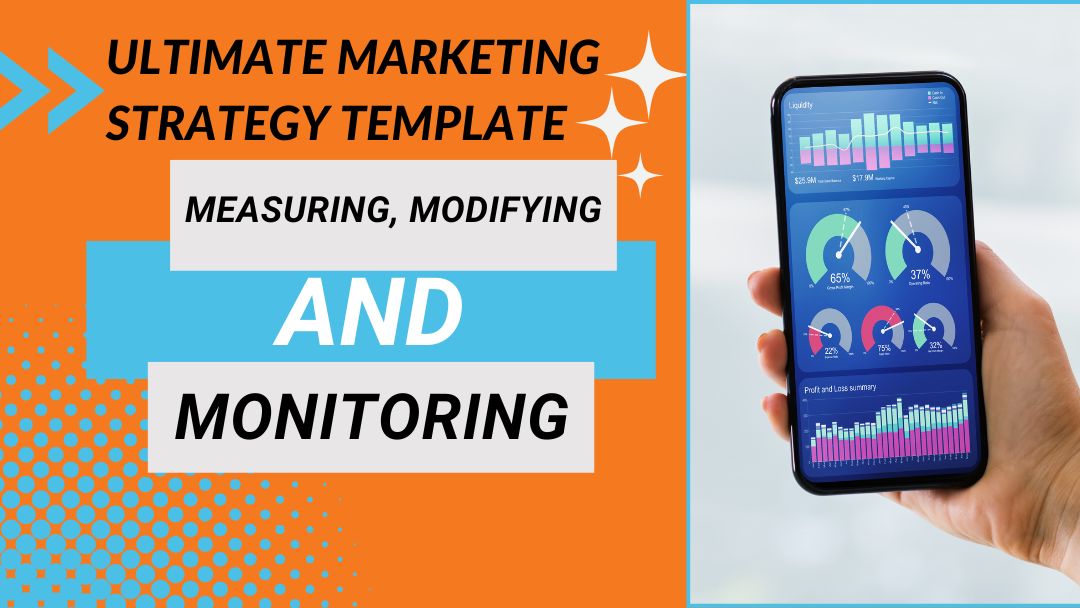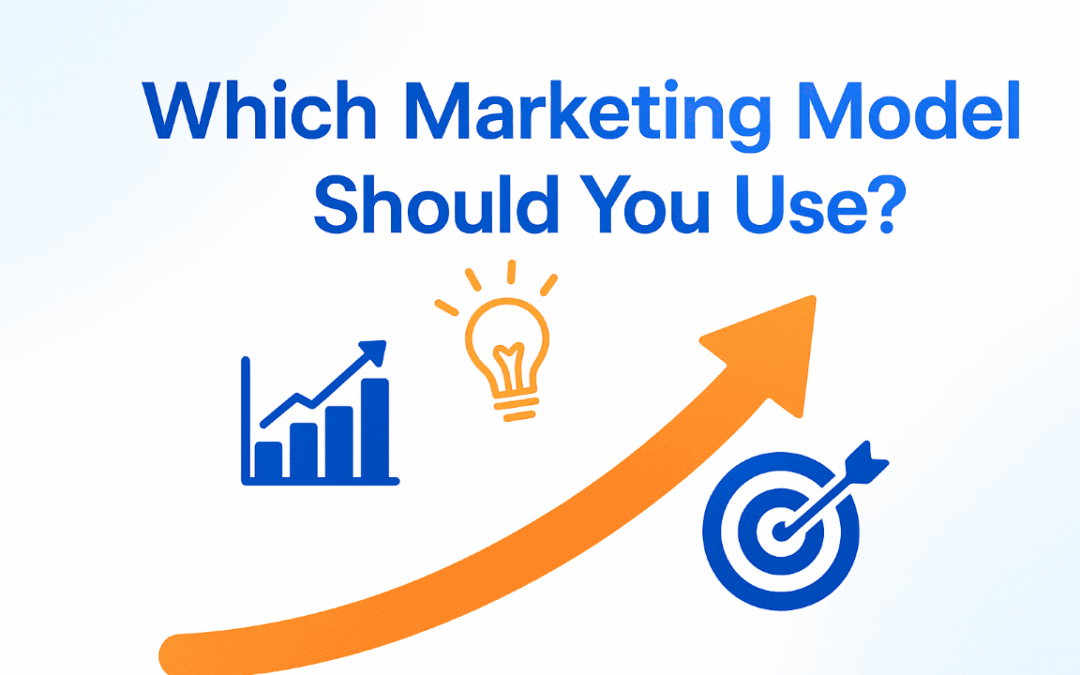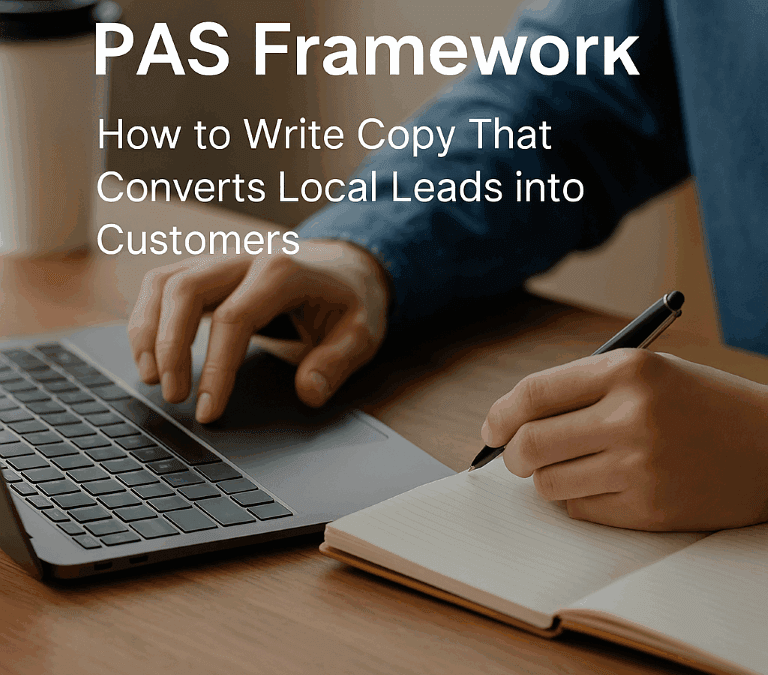We’ve reached part 10 of our Ultimate Marketing Strategy series – taking you through the various components of a bespoke marketing strategy. We’ve explored the different sections to brainstorm, research and document so you can create the best possible marketing plan for your business.
From your market research, target audience and USPs to your promotions, offers and goals – we hope you feel ready with the know-how and raring to get going on producing your own marketing strategy to support your 2021 efforts.
Well, we’re almost ready. Today we’re taking you through Part 10 of our marketing series, which is all about measuring, modifying and monitoring your marketing activities.
As we continue to face the current uncertainties that Covid-19 brings, now perhaps more than ever, we’re looking to our strategies and plans to help guide us through our activities and goals for the year ahead.
And if you find your business goals changing, you can always come back and change your marketing strategy. It’s always a work in progress and as you move through the process, you can adjust and tweak your strategy as you discover what works and what doesn’t. This template is your guide. You bring the flexibility as you put each step into practice.
What are Marketing Metrics: Measuring, Modifying and Monitoring part of your Strategy?
After setting your marketing goals in Part 9 of our marketing strategy template, you now need to identify or create a way to measure the success of your overall strategy.
As your marketing strategy is not a fixed document, this part of your strategy is definitely a case of last but by no means least. There will always be a bit of trial and error in what you do, what works well can still be improved on and what didn’t work may need to be changed or scrapped in favour of a more successful alternative. The marketing process is about continuous improvement rather than just implementing ideas, plans and activities once a year.
Why Is Marketing Metrics: Measuring, Modifying and Monitoring Important?
By this point in your marketing strategy, you’ll have a good idea of how you are going to market your business; but this stage of the process ensures that you are always receiving the maximum return for your investment (ROI). This is crucial as it makes sure you’re not wasting time and money on marketing that isn’t working for your business. And, equally, that the marketing that is working for you is generating as many leads and sales as possible.
Marketing Metrics: Measuring, Modifying and Monitoring – How to measure the success of your marketing goals?
In Part 9, we set out some of the main goals that are typically included in a marketing strategy. Below, we have outlined how you can measure the success of each of these.
Raising Brand Awareness
Brand awareness can be measured by looking at the overall number of users your website gets as well as the number of people following your social media pages. These can easily be measured over time as platforms like Google Analytics, once installed on your website, will give you this information and much more. It will reveal who is interacting with your website, when they are and what pages they are looking at.
Social media sites can also give you plenty of demographic and activity-based information on who is interacting with your pages.
Generating quality leads
As this part of marketing is where you’ll tangibly reap the rewards of your investment and continue to manage your budget, it’s also important that this is measured accurately. It’s easy to measure the number of email signups or contact forms filled. Google Analytics can even record how a user has interacted with your website as a goal completion, so you know the percentage of users that have reached a certain page.
However, you will also need to make sure you have a way of recording the leads that you may have gained by your marketing activity that comes through on email or even by phone so you can get an overall picture of how your marketing is performing.
Building engagement
Developing two-way communication with consumers and customers helps to forge your brand community. Building trust, credibility and reliability with consumers is key. Both of these can be measured by looking at the increase in communication with your business on all platforms. Your team will hopefully be dealing with an increase in interactions from customers and your community, which is likely full of potential customers or referrals.
Promote products and services
In digital marketing, the result of an advertising campaign is very easy to measure on any platform you advertise on; they provide near to live feedback on how your ad is performing and you can quite quickly adapt your keywords or audience to suit.
Google Analytics can help with measuring the conversion rate of visitors that complete checkout on your website if it physically sells products.
What Do I Need to Measure?
The easy answer to this question is everything! If you stand still in this fast-moving world the chances are you will end up going backwards, certainly for the same budget! The first step is to measure everything before you modify. Otherwise, you may not know the effectiveness of what you are modifying.
The items that are working for you may have keywords that are working less well, which can be swapped for others. The results of doing this can be analysed too.
The effectiveness of your web content can be examined and revised by using more relevant keywords to increase your organic search results. You can use a service like Hotjar to see how users are interacting with your website. You can use this tool to change the feel of your pages and optimise your users’ experience. You can even A/B test your ads or new content on your website to see which ones will be the biggest hits with your users.
What Tools Can I Use to Monitor the Success of My Digital Marketing?
There’s a whole host of valuable tools to support you in measuring your marketing efforts. Here are a few of the key ones:
- Google Analytics provides this free of charge to help you analyse your web traffic. All that is required is the addition of a tracking code to your website. Once added, Google will start collecting data about the visitors to your website. It is highly customisable and can even automatically collect the data for your specific marketing goals.
- Hotjar is used to measure how users interact with your site by providing you with a heatmap of where and what they interacted with on your site. You can also see where and why they dropped off your site.
- Hootsuite is one of the most popular social media scheduling tools, Hootsuite is capable of posting to your Twitter, Facebook, Instagram, Youtube, LinkedIn and Pinterest accounts. You can schedule posts and you can track all of these in one place.
- SEO tools like SEMRush, Ahrefs and Moz can all be used to track your website traffic over time. They are all relatively expensive though so Ubersuggest is a low-cost alternative to these, especially if you are looking to grow your organic traffic. Each of these tools provides advice on how to grow your organic traffic, allows you to analyse backlinks, provide access to keyword data so you can target your content and also provides a website audit to let you know of any SEO problems with your site.
- Mailchimp is ideal for sending marketing emails and managing your email marketing audience. Mailchimp is GDPR compliant and provides statistics on how each of your marketing emails has performed with your audience. It integrates with more than 250 applications so you can automatically add new customers to your mailing list when they purchase from your e-commerce website or take another desired action.
What Marketing Metrics Should I Measure?
It is important to make sure that what you are measuring is what is important to your business.
While metrics like website traffic, bounce rate, social media followers, time spent on your site and keyword rankings are important as they show that your overall brand awareness is growing, it’s more important to measure the things that generate your business sales.
We’ve listed some of the key marketing metrics to use to measure your performance:
Conversion rate
Conversion rate is the number of times your website has made a sale or completed a goal divided by the total number of visitors to the site in that period of time.
Conversion rate = Goals Completed/Total number of visitors
You can decide what your completed goal is. It can be something simple like visitors filling in a form, supplying an email address or completing a sale. There is nothing stopping you from having multiple conversion goals. These can be set up in Google Analytics as goals that you can measure easily.
Leads generated
Simply the number of leads your website is generating. While these are not necessarily going to immediately generate your business sales, they will in the future. You may even prefer to include these as a separate number in your conversion rate statistics.
Ebook downloads
Again, this is the number of times your ebook has been downloaded. You may have set up a system that takes an email address from this customer to send marketing to in the future. This again can be set up as a separate conversion rate stat goal.
Marketing Return on Investment (ROI)
Return on Investment in marketing is a measure of how efficiently you have spent money on marketing. You calculate this by subtracting marketing cost from the sales/increase in sales you have made from your marketing activities and then dividing by marketing cost.
Marketing ROI = Increase in Sales – Cost of Marketing/Marketing Cost
If growth has come from PPC advertising, this can be measured easily, as you can track this data. You may need to estimate this based on your historical sales data.
Cost per lead
This is simply the amount you have spent on marketing for each lead you gain.
Cost per lead = Number of leads gained/Marketing cost
Cost per sale
As cost per lead, this is the amount you have spent on marketing for each sale you make.
Cost per sale = Number of transactions/Marketing Cost
All of these are effective ways to measure the success of your marketing efforts as they show you the real value of your marketing efforts.
Conclusion
A marketing strategy is not something that’s done once and forgotten about until next year. It’s by your side throughout the year to guide you towards your goals – and can be used in a flexible, nimble and agile way to get us closer to them. Look at what works, measure your efforts and make small modifications to further improve your performance.
We hope our Ultimate Marketing Strategy is just that – the ultimate guide – and helps you move closer to your goals in 2021. If you’d like more information or support on creating your marketing strategy, simply get in touch today.
What Next?
Make Your Mark. Find Your Roar!
Check out the rest of our Ultimate Marketing Strategy series for guidance, insights and tips:
- Part 1: Executive Summary
- Part 2: Market Research
- Part 3: Target Market
- Part 4: Competitor Research
- Part 5: Unique Selling Points (USPs)
- Part 6: Positioning and Pricing
- Part 7: Marketing Promotion and Distribution
- Part 8: Budget: Offers and Giveaways
- Part 9: Marketing Goals and Conversions
- Part 10: Marketing Metrics: Measuring, Modifying and Monitoring





0 Comments